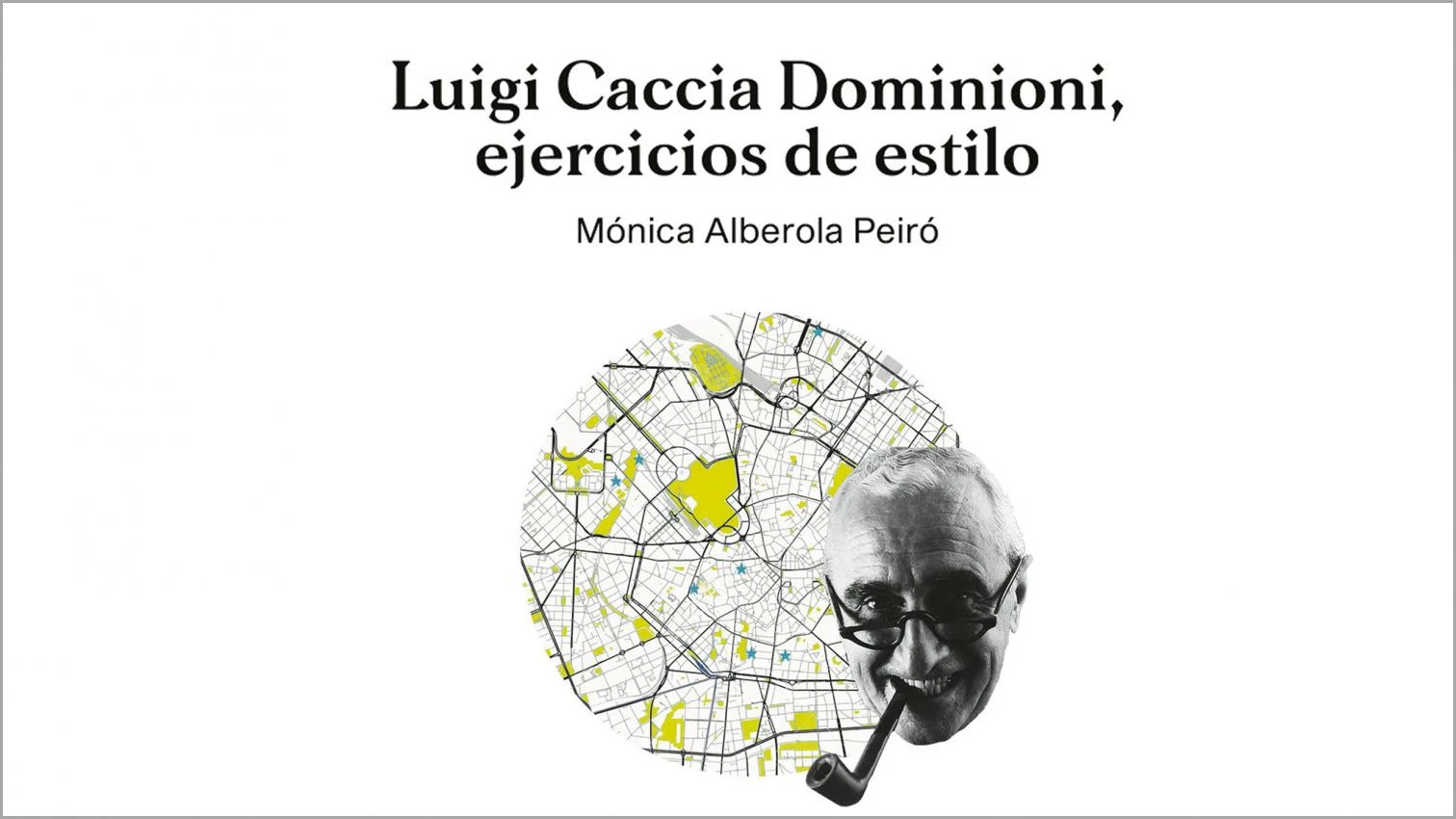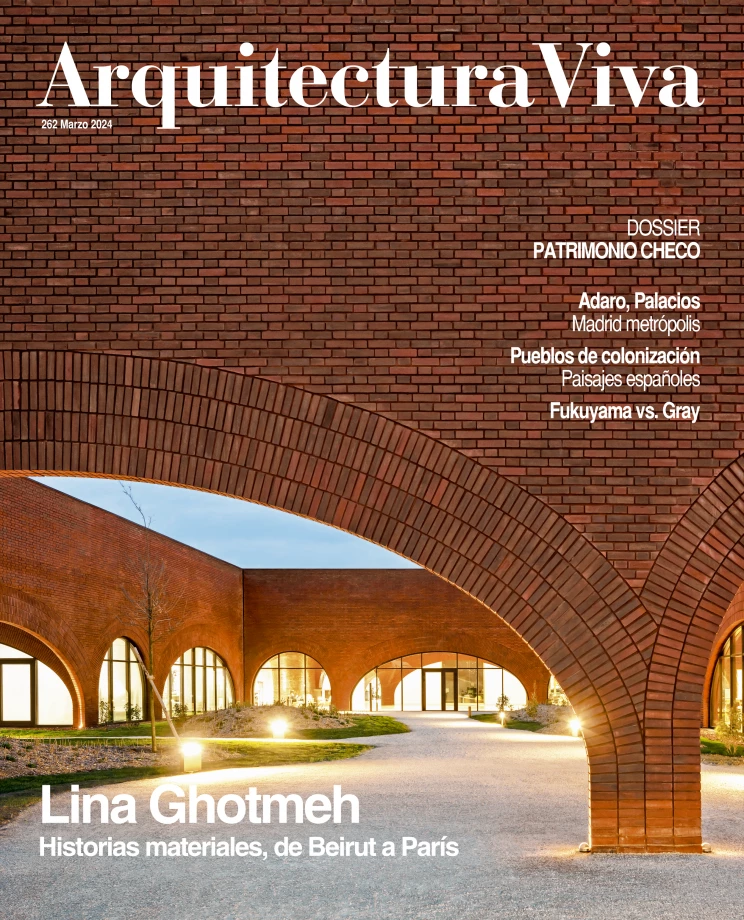
In the ruined Milan of the postwar, a distinguished group of architects committed itself in both theory and practice to the city’s physical and symbolic reconstruction. The likes of Gio Ponti, Luigi Moretti, Ernest Nathan Rogers, and Ignazio Gardella joined a collective effort that much relied on architecture and the singular building, preempting the Manuel de Solà-Morales who would declare that nothing builds the city as much as a good building.
The conjunction of good architects and good works, combined with the debates on housing and the city, made it possible to speak of a stilo Milano, less in terms of obedience to a disciplinary dogma than with regard to a common denominator in how architects went about their work and conducted themselves in matters concerning the city.
In this circle too was Luigi Caccia Dominioni, a little-known professional whom Mónica Alberola now brings to light. With good judgment she lets the protagonist himself explain the ideas behind his approach to residential architecture, from his stance as an aristocrat and Catholic: “I am an architect through and through, and find urbanism everywhere.”
Along with the autobiographical preface, the author offers a possible definition of the heart of Milan as a città introversa, an inward-looking city that astounds for the variety and beauty of well-tended courtyards, gardens, and passageways inherited from the 19th century. This gives a better understanding of the work of Caccia Dominioni, summed up by means of seven buildings erected between 1947 and 1959 to accommodate a bourgeoisie keen on exhibiting its status through homes resembling 19th-century palazzos as much as possible.
We perceive this aspiration in the large entrances from the street that lead to courtyards and grand staircases holding up the building like mighty columns. On each floor, it is also public spaces (foyers, hallways, corridors) that structure the house: ‘empty’ spaces taking up as much as 37% of total floor area, so would not sit well with today’s developers.
Alberola entrusts the analysis of the seven buildings to drawings, accompanied by precise commentaries based on clear-cut plans rendered on the same scale for all, in an accurate presentation of the kind lacking in many other publications printed on gloss paper. Respecting the architect’s ideas, the focus is on floor plans, which clearly show the role of voids as structurizing elements of the projects.
Although these are the diagrams I consider most of interest, the book does not leave out other aspects of the designs, such as elevations, as much in general compositions as in the arrangement and proportions of openings, of materials, and so on. Completing the book are brief notes where Alberola sums up the most interesting nuggets of disciplinary knowledge that she dug up while journeying through the architectural history of Milan and through Caccia Dominioni’s until-now important contributions to residential architecture. Works which, though far away, can reawaken in us a desire to reflect on housing conceived as houses.







